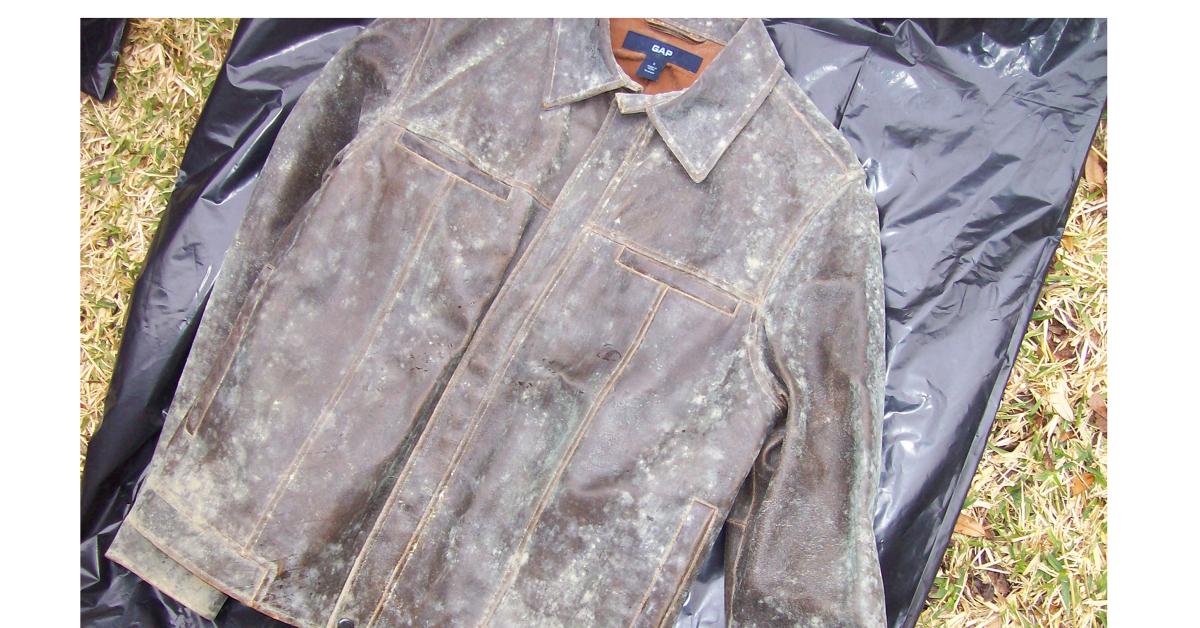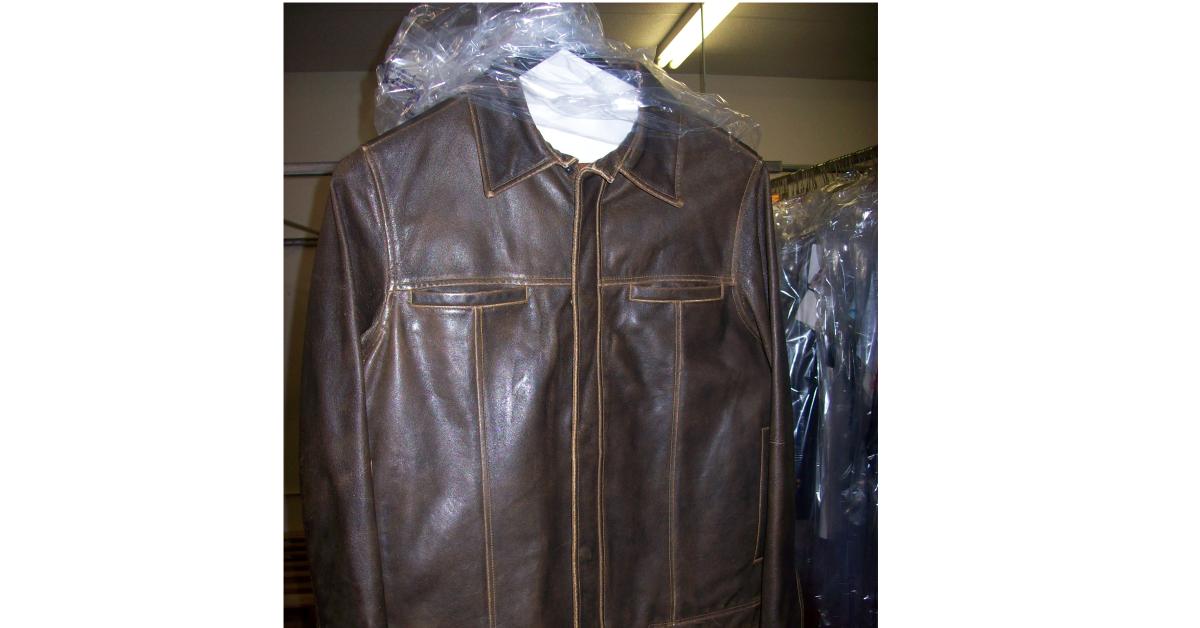CHICAGO — With piece work down because of the effects of the pandemic, many dry cleaners are looking for alternative sources of income, such as performing restoration work. In Part 1, we examined what goes into a successful restoration business, both from both the human and technical aspects. Here, we’ll dive into the benefits of being part of a greater whole when it comes to breaking into the restoration field.
Joining a Restoration Team
Wayne Wudyka was new to the drycleaning business when a restoration opportunity came through his door — and completely changed his business model.
“We got into restoration, frankly, by accident,” he says. “We had a retail customer come in, and she was distraught. She had a fire in her house. Her insurance adjuster told her she could use her own dry cleaner to clean her clothes and asked if we did that sort of work.”
Wudyka said yes, picked up her clothes, and got to work: “It turned out to be about a $6,000 job, and at the time, we were doing about $5,000 a week over the counter with hundreds of customers,” he says. “A light bulb went off.”
He began to develop relationships with local general contractors and adjusters to do restoration work and started what would go on to become the Certified Restoration Drycleaning Network (CRDN).
Wudyka has been CEO of the company since its inception in 2001. “My biggest competitor when I started was the dumpster,” he says. “The adjusters just lacked awareness. They would throw stuff away and write a check.”
Over the years, CRDN has developed formalized solutions to restoring textiles and other items — including electronics — damaged by smoke, soot, mildew and other contaminants. The company has franchise partners across the nation, as well as Canada and the U.K.
Wudyka believes that being a part of a larger organization is crucial to performing restoration services the way they need to be done. Apart from training opportunities and having a network of experts available for specialized cases, working with insurance companies as a larger organization is often far more manageable than dealing with them as an independent company.
“There are insurance companies that have direct programs with vendors like us,” Wudyka says. “We’ve written vendor contracts with the insurance companies and have live contracts with a couple dozen carriers.”
It also makes it easier on the homeowner if the insurance company can recommend someone in a network, says Holly Murry, president of FRSTeam, an international franchise organization in the U.S. and Canada.
“Franchise systems provide support for sales, operations, technology and industry know-how,” she says. “We’ve put into place more than 50 national programs directly with insurance carriers. So, depending on who you’re insured with, the insurance company often has a system and a program for that now.”
Even if a cleaner doesn’t want to buy into a franchise, there are still opportunities to work together and become part of a larger organization. Pratik Patel, owner of Viking Cleaners in Phoenix, and Eric Pyne, president of Urban Valet Cleaners in Hamburg, N.Y., are part of the North American Restoration Drycleaners (NARD) partnership.
“NARD is unique in that we are a very close-knit group of operators,” Pyne says. “We all own our exclusive territories, so we’re not competing with one another. We are a partnership in which no member has a controlling interest, and we pay no royalties. So, we have weekly training calls, best practices forums, we visit one another’s plants, and we correspond almost daily, staying current with the changing landscape.”
Getting Paid (and Possible Delays)
Whether in a group or working as a single company, cleaners must navigate the sometimes-confusing path to insurance reimbursement, along with other challenges.
“Companies that have the strongest relationships with customers and the insurance companies tend to have the highest levels of success,” Murry says, “and, as with many industries, great relationships can positively influence current and future opportunities.
“The restoration industry has changed drastically over the last 10 years. Most insurance carriers have put national programs with drycleaning companies in place that can include agreed-upon pricing and service-level agreements. The technology used in the restoration field provides performance metrics to ensure high levels of customer satisfaction and consistency of performance.”
“In the insurance restoration line of work, vendors service multiple customers at the same time,” Pyne says. “The insured is, of course, a customer, but the insurance carrier and their representatives are customers, as well, and sometimes you have to add in third-party administrators (TPAs) and public adjusters who are representing the insured. So, you’re sometimes negotiating relationships with many parties at the same time, all of whom have different — and sometimes competing — interests.”
For his part, Gary McPherson, owner of McPherson Cleaners in Burlington, N.C., has structured his business to deal more with the consumer than with the insurance agencies.
“We deal 99% with the customer,” he says. “Basically, they go through their insurance and pay us through that. We might be delayed as far as receiving a payment, but we keep a good working relationship with them.”
There are other challenges that come with working in the restoration field, Wudyka cautions, that cleaners might not think about when starting out.
“The easiest part of this is the cleaning,” he says. “The hard part is understanding how the homeowner works, how the insurance company works and how the contractors work. Those are difficult things to understand if you’re doing this on a one-time basis.
“Solid communication with the homeowner in setting expectations is critical, but you should also be prepared to have a lot of storage space. The house’s reconstruction could take up to a year, and sometimes the homeowner can’t immediately take their belongings back, so you have to have storage. You should be prepared to carry a lot of receivables, as well, and not expect to get paid right away. You’ve got to be in a position where you can do all that work and wait for payment. Those are big hurdles for a lot of cleaners. I always tell people to go in with your eyes open.”
Come back Tuesday for the conclusion of this series, where our cleaners describe some of the best saves in their restoration careers, how the pandemic has affected their services and the difference a restoration expert can make in their customer’s lives. For Part 1, click HERE.
Have a question or comment? E-mail our editor Dave Davis at [email protected].


